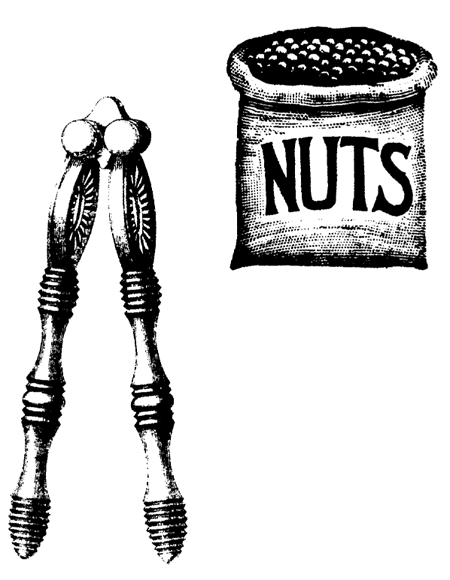
The Straight Up-and-Up
Tired of the daily grind (19th–20thC), bored with doing the hori- zontalize (c. 1845)? Not to worry. We’ve got more ways of doing it than Heinz has pickles; more flavors than Baskin-Robbins. Why settle for just vanilla sex (1990s)?
You can try it nestled together spoon fashion (19thC), or, if you’re really game, attempt a perpendicular (mid 19thC), also known as an upright grand (c. 1925). It’s nothing more than the old three-penny bit (late 18th–20thC)—what the girls on the cor- ner once featured as their standing bargain.
Though a somewhat shaky proposition, your standard knee- tembler (c. 1860), otherwise known as a quickie (20thC), was the perfect answer to the man on the run. Ever a favorite of the pros, it has failed to catch on at home. According to Kinsey, only four per- cent of married woman say that they would stand for it.

Impatient to get on with it? You might try having a dog’s mar- riage (19thC) or making a dog’s match of it (19th–20thC)— doing it by the wayside, down and dirty. It, however, just might take longer than you think. Dogs have been known to be linked together for hours on end after the sexual act. The penis swells, and the muscles of the female contract, locking the penis within; thus insuring that not till death will they part.
It’s a tough act to follow, but you could possibly try doing a dog’s rig (mid 18th–19thC), defined by Grose as “sexual inter- course to exhaustion followed by back-to-back indifference.”
Read more – Bawdy Language – http://bawdylanguage.com
















